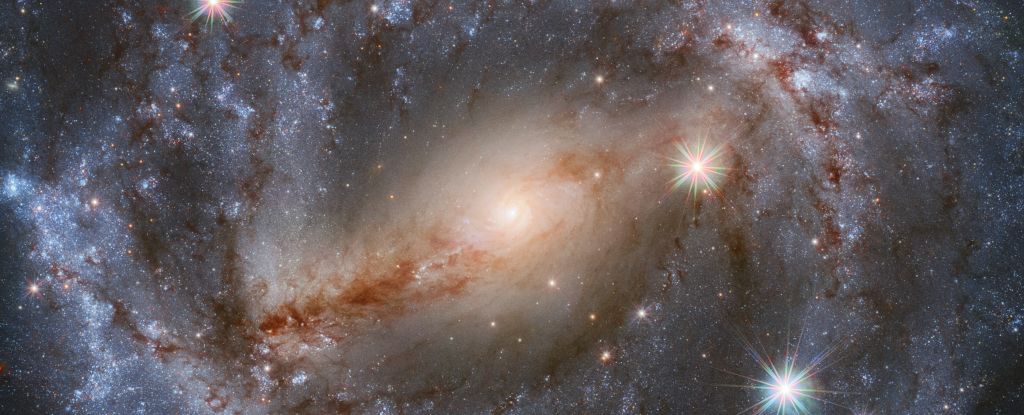Scientists were able to find out why some spiral galaxies eventually turn into elliptical and lenticular. The reasons for this were their merger and the activity of supermassive black holes.

Spiral Galaxy Arms
Most of the galaxies in the Universe are similar to our Milky Way. They have the shape of disks on which a spiral structure can be traced. However, a fairly significant proportion of star systems have the form of rings, ellipses, or even an irregular shape. But why in some cases these changes occur, and in others they do not, remains a mystery.
Scientists from the International Center for Radio Astronomy Research in Australia (ICRAR) decided to use EAGLE artificial intelligence designed to simulate the evolution of galaxies. It gives a good prediction of how galaxies will look in certain situations.
Scientists suspect that the loss of galaxies of their spiral structure is associated with density changes due to gas losses. They involved EAGLE in analyzing the shape and density of known galaxies. It is capable of doing this at a speed of 20 thousand galaxies per second.
Black holes and galaxy collisions
The study showed that the density of the intergalactic medium has the greatest impact on the loss of stellar systems of their spiral structure. Loners like our Milky Way have every chance of preserving it for billions of years.
But galaxies that are part of close clusters tend to turn into elliptical and lenticular. The reason for this is their mergers. During them, the moment of inertia is lost, they actively lose gas and finally remain without their arms.
However, some galaxies lose their arms even when they are in isolated areas of space. Scientists analyze why this happens and come to the conclusion that the reason for this is the fall of a large amount of matter on supermassive black holes that are located in their centers.
This leads to its transformation into active galactic nuclei. Powerful “solar winds” arise, which “blow out” gas from the galaxy to it. After that, its spiral arms are destroyed. According to scientists, all this does not contradict previous ideas about the evolution of stellar systems, but only complements them.
According to www.sciencealert.com
Follow us on Twitter to get the most interesting space news in time
https://twitter.com/ust_magazine

